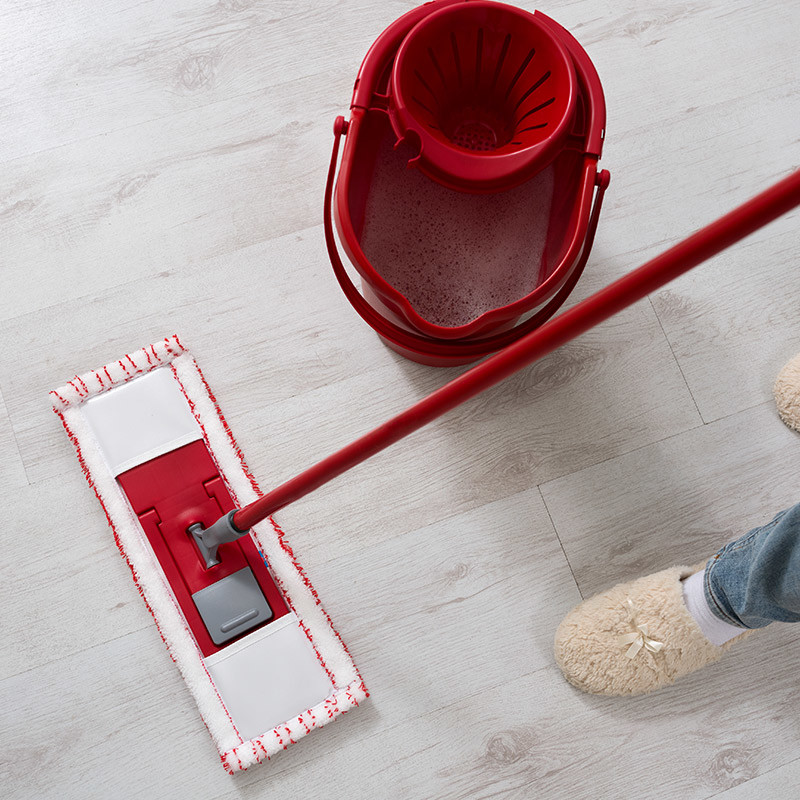Are you sitting comfortably?
One of the biggest uses for PU is in the production of flexible foams which account for about 30% of all PU produced worldwide. The biggest market for flexible foam is in upholstery and furniture padding. You’re probably sitting on some right now!
Foam consists of a network of dodecahedron (12-sided) cells. Each cell is compressed when pressure is applied, but is elastic enough to bounce back into shape when the pressure is released.
The size of the cell can be controlled, enabling flexible foam manufacturers to create different types of foam. Small cells create dense, hard foams which are used in applications such as noise and temperature insulation for white goods like refrigerators or washing machines. Furnishing and upholstery foams typically have larger cells.
Choosing the right type of foam for your furniture depends on the level of comfort you want. The denser the foam, the more material there is to support your weight. In Europe, density is expressed in kilograms per cubic metre (kg/m3). For example, a seat cushion has a density of between 20 and 55 kg/m3 while the density of seat-back might range from 15 to 25 kg/m3 as it does not need to support weight.
Additives and fillers are sometimes added to furniture foams to provide improve their properties. This can affect the density rating, so always check the density of the unfilled foam.
Fillers are typically added in order to improve the performance of the foam in a fire. Additives are used to increase foam density. For example, a cushion might include an additive to give it a more luxurious feel or provide additional support.
Whatever the type of foam you are sitting on, we hope you’re comfortable.
It’s a chlorine thing!


